Uber in Italy? Depends On Where You Are!
Please note that some of the links may be affiliate links, and at no additional cost to you, I earn a small commission if you make a purchase. I recommend only products & companies I love and use, and the income goes back into making this little blog successful!
With the rise of services like Uber in Italy, ride-sharing is becoming an increasingly important part of getting around for people, especially in big cities like Rome and Milan. It is a helpful service that is cheap and convenient, but where is Uber in Italy? And where is it not operating?
I’ve spent the last couple of years traveling all over Italy, getting myself into all sorts of adventures when it comes to figuring out the logistics of transportation, and this article goes into a few of my most hard-learned lessons:
➡️ Where in Italy is Uber available?
➡️ What are the alternatives for getting around Italy?
➡️ What are the costs in time and money for each alternative?
Let’s dive in.
Is Uber available in Italy?
Yes, Uber is available in Italy, but only in major cities like Rome and Milan and to a lesser extent, Naples, Florence, and other smaller cities. The deal is this – only Rome and Milan have good safe, reliable Uber, and only in Uber Black, which, as we all know, is the expensive Uber.
The smaller towns and the majority of Italy do not have Uber for many reasons, mostly because it’s not a popular mode of transportation, so there are fewer drivers and higher prices.
People also have alternatives like the ability to rent a car cheaply or the option to use the comprehensive public transportation system.
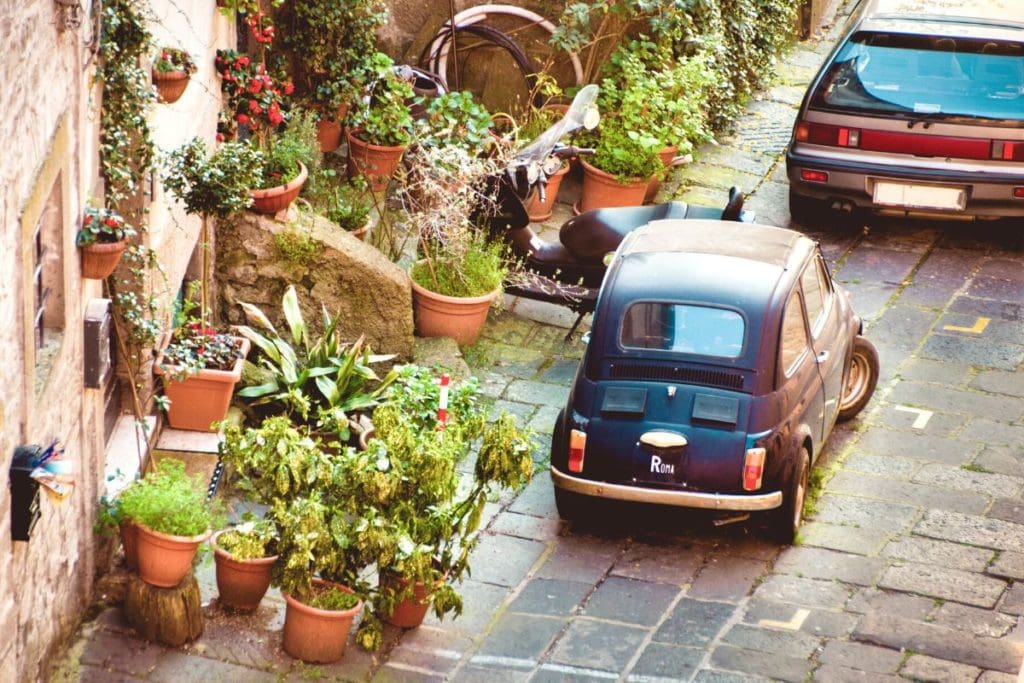
Can I get an Uber from the airport?
Getting an Uber from the Airport in Milan or Rome is the last option to consider because it’s the most expensive and least optimal. Instead, these are the two alternatives you should look into – it’s what I use, it’s what European travelers use, and it’s basically what is generally recommended.
Of course, if you’re a newbie tourist who wants to brave an airport taxi (prepare to have cash in case the credit card machine is broken) or pay extra for Uber, that’s cool too! I digress.
Rome Airport Transportation
➡️ Recommend: Welcome Transfer From Airport to Rome
This is a great option if you have multiple people, but also for the solo traveler who just won’t be bothered with public transportation. To compare, it costs about $50 with a Welcome Transfer or lower quality taxi from Fiumicino Airport to anywhere in the central part of Rome. It will cost you about $70 with Uber. All in all, Welcome Transfers cost as much as taxis but have the advantages of Uber Black quality – so to me, it’s a no-brainer!
BUDGET OPTION: The Leonardo Express Train connects Rome Fiumicino Airport (FCO) to Roma Termini Station and costs about $20 each way. The train runs every half hour from 6:40 am – 11:40 pm and is a direct line from the airport to the city center, taking about 30 minutes. Be warned, there are usually delays.
Milan Airport Transportation
➡️ Milan Malpensa to Milan Center Welcome Transfer
(Note: Check your airport because there are a couple of big airports in Milan.)
Similar to Rome Airport, Milan has the same options. Welcome Transfers are the best bang for your buck compared to taxis and Uber. And then there is the Express Train that will take you to the main stations in Milan as a budget option.
BUDGET OPTION: Take the Malpensa Express Train from the Airport to any of Milan’s three major train stations: Milano Centrale, Cadorna, and Milano Porta Garibaldi, so double check which station is closest to where you want to go. The trip from the airport to Milano Central is about 30 minutes and operates about 68 times a day. The cost of a ticket is $15.
What Cities does Uber operate in?
Rome and Milan have a pretty good Uber network. What I mean by this is there are enough drivers in the system to where if you call an Uber, it will arrive within 10 minutes.

The drivers speak English, the cars are all Uber Black, so they are nice. To make up for the fact that they are charging extra surcharges, the drivers will give you a bottle of water or breath mints for free, and maybe a few tourist tips!
Uber also operates in smaller cities like Florence and Naples, but it’s not as popular. So think of fewer drivers, longer wait times, longer traffic times, and higher costs.
Fun Fact: It’s very common in southern Europe for Uber to be less popular, especially Uber in Spain and Uber in France, Portugal or Greece.
Do Uber drivers in Italy speak English?
Yes, a large majority Uber drivers in Italy speak English.
Not only this, but because all of Italy has Uber Black, all drivers dress incredibly nice, have water and gum ready in the car, only drive the fanciest of BMWs and Mercedes, and are ready to give a few local tips here and there to compensate for the fact that the cost is a bit higher when taking an Uber.
Do I need to tip the Uber driver?
No, you do not need to tip the Uber driver.
Italy has a different tipping culture compared to America, so be cognisant of the cultural norms and the fact that service industry workers in Europe are paid fairly.
To that effect, you do not have to supplement their income as you would in America.
Does Lyft operate in Italy?
No. Lyft does not operate in Italy. If you want a ride-sharing service, Uber is the main one.
Which Cities Do NOT have Uber? AND what I recommend…
A majority of Italy does not have Uber. Obviously, you can open the app in any city in Italy and double-check, but even if there are a few drivers here and there, they are few, and the ride will be more expensive than if you would have taken a train, tram, taxi, boat, or just walked your happy ass. 😊
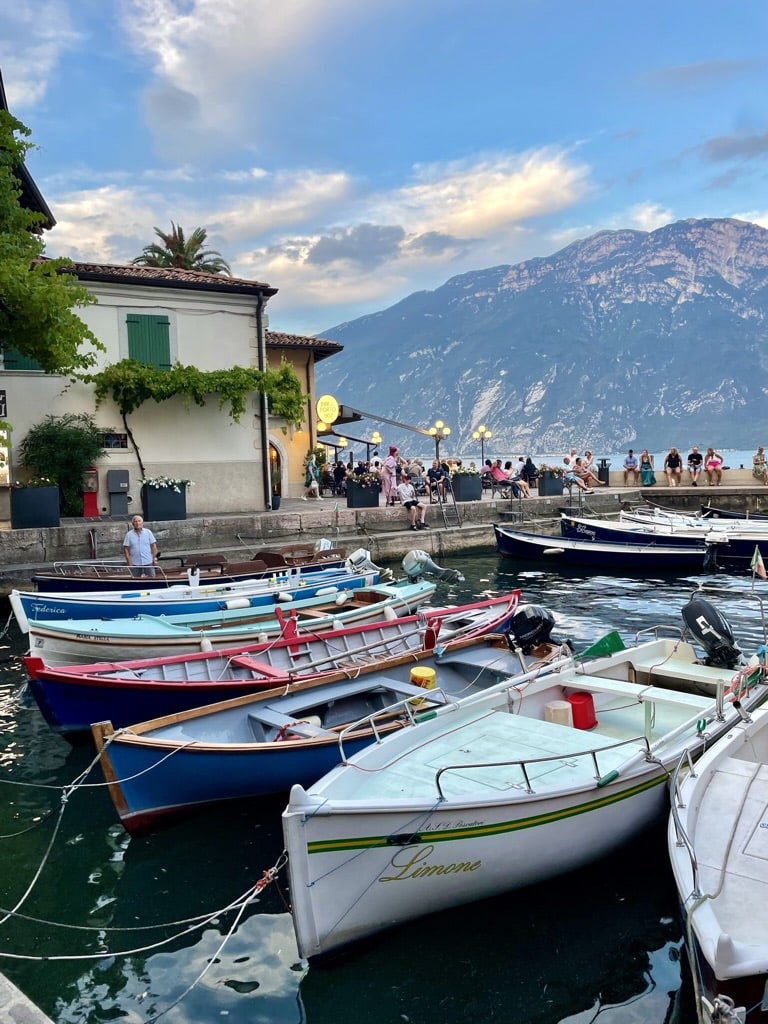
Here are some cities that are popular travel destinations that do NOT have Uber, and what I recommend instead:
⭐️ Amalfi Coast – Recommend taking the train or the ferry to Sorrento or Salerno and then using the ferry network to reach Positano, Capri, Amalfi Town, Ravello, etc.
⭐️ Venice – Park outside Venice on the mainland and take the ferry or the bus system into Venice – there is one main bus station/port on the little island. Inside the canal-lined streets, you can walk or take water taxis.
⭐️ Lake Como – Recommend the bus system or renting a car to get to Lake Como. Once at Lake Como, you can rent a private water taxi or take the public ferry from town to town if you are not driving your car.
⭐️ Cinque Terre – Recommend parking outside the 5 towns and either walking, taking the train, or a boat to explore the 12-kilometer stretch of Cinque Terre.
⭐️ Sicily – Recommend renting a car for Sicily. The public transportation is not great, and the island is big.
⭐️ The Dolomites – Recommend renting a car to navigate the mountains. There is also a decent bus system, but it’s cumbersome in high season or when you need to plan your hikes around the weather.

Why is Uber unpopular in Italy?
A few reasons why Uber is not so widely popular or used in Italy.
- It is the more expensive option compared to public transport, taxi, and walking.
- Italy has a great and thorough public transportation system with trams, metros, and busses.
- Italian towns and cities are super walkable compared to American towns and cities.
- It’s super challenging to afford the bureaucratic process of getting a license to do Uber, and so there are not a lot of drivers.
What is Italy’s version of Uber?
✅ Taxi Ride App: FREE NOW (formerly: MyTaxi) This works similarly to the Uber App. The advantage is that it works in most Italian cities, the disadvantage is that you will have to download a new app and sign up. Once you do this, you can order a taxi, pay through the app, and it will be cheaper than ordering an Uber. FYI: I didn’t think the app itself was that intuitive from a user experience perspective.
✅ Public Transportation: CityMapper App. The metro system or the bus, this app will remember your routes, update you if there are delays, and give you the fastest way to get from one point to another. CityMapper is what I use in megacities like London and Rome.
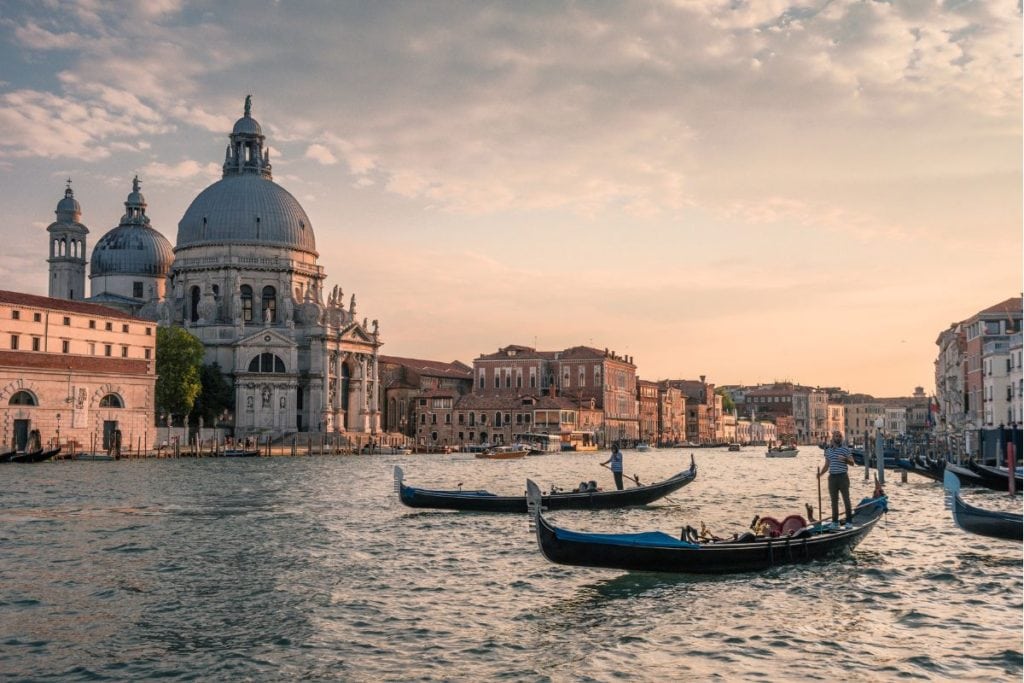
Are Taxis cheaper than Uber in Italy?
Yes, taxis are cheaper and quite safe in Italy.
There are a few challenges to taking a taxi, such as a driver only accepting cash, giving you a higher fee than the meter says, not speaking English, or smoking with the windows down while listening to Toto Cutuno on blast. 🙂
Jokes aside, while that was a unique experience for me in Rome, here are a few tips when taking a taxi in Italy:
✅ Carry cash with you. I always like to have 50 Euro on my at all ties for street food, quick taxis where the credit card machine doesn’t work, or if I have to pay to use a restroom.
✅ Don’t get in if the meter is not running. Common sense, but if that little red light counter doesn’t come on, you can be sure to have trouble confirming the price in the end.
✅ Have Google Translate ready. Here are a few phrases you might find useful:
- Yes – Si (See)
- No – No (Noh)
- Please – Per favore (Pehr fah-voh-reh)
- Thank you – Grazie (Grah-tsee-eh)
- You’re welcome – Prego (Preh-goh)
- Where is…? – Dov’è…?
- How much? – Quanto?
- What the heck! – Che cavolo!
My advice is this: relax and enjoy the ride – Italian drivers are insane in the best way, but they know their city.
Best Ways to Get Around In Italy
While you can get away with public transportation, walking. In special cases, grabbing an Uber in the major Italian cities, the best way to get around Italy is either renting a car or using the inter-city transportation system – trains, ferries, and busses.

Rent a Car
Italy is a large country full of little hidden gem towns, winding country roads, even more winding mountain roads, and generally a lot of kilometers full of history, beautiful scenery, and coastline to explore.
Renting a car and going on a road trip through the country is the best way to maximize your time and money in Italy, as well as have flexibility. There are a few things to be careful about when renting a car, such as having an International Driver’s License, but generally, it is pretty easy.
What I use to check prices in Italy
➡️ Discover Cars ⬅️
Public Transportation System
A few other options for cross-country travel without a car that I recommend are these:
- Trains: I use Omio to look for and book trains like Tren Italia to get from city to city. These are usually fast, have wifi on board, are super nice, and are mostly on time.
- Busses: I use FlixBus to book bus rides from city to city. This is probably the cheapest option, but it will take longer than the train (depending on traffic and routes).
- Ferries: These are great for getting to islands like Capri and Sicily and navigating the Amalfi Coast. You can usually show up at the port and buy tickets the day of – in fact, this is what I recommend.
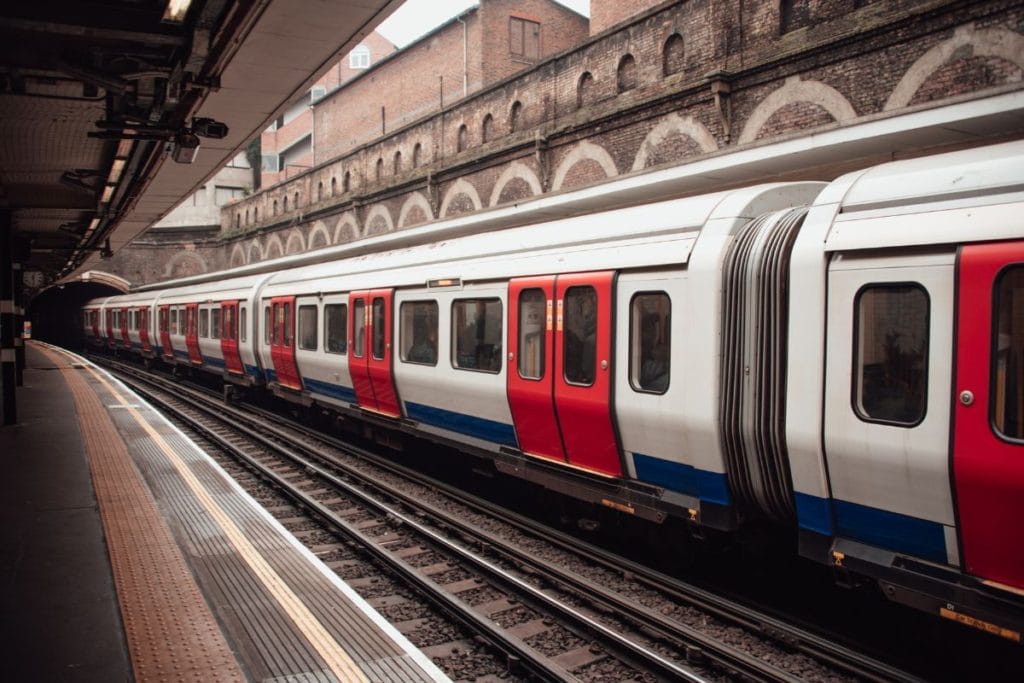
Driving Tips For Italy
✔️ Speed traps are common. You can’t see them, but cameras are everywhere, especially in old towns – so don’t think you’re being sneaky and try to park there just because the locals do. Most of the time, they have a permit that you don’t.
✔️ Roundabouts are common and are a very efficient way to navigate intersections. Here’s how you go about it:
- Yield to traffic already in the circle.
- Enter the circle from the right lane.
- Drive counterclockwise around the roundabout until you reach your exit.
- Use your turn signal to exit the circle.
- Don’t freak out about merging vehicles. Keep moving slowly!
✔️ Tolls in Italy are old school, but they do take credit cards. When you get to the beginning of a toll road, the first toll station will prompt you to pull a little ticket. When you exit the toll road, you will have to insert the toll ticket and pay the toll fee. Most times, there is a person at the booth helping you through the transition.
✔️ There are 3 types of roads in Italy, all with their own designation and speed limits.
- The Autostrada is the highway system, usually two lanes per side. These roads are usually tolled and are marked with green signs.
- Strada Statale is the one-lane per side state road leading to cities and town centers. They are numbered and named with an SS prefix. Road signs for these are blue.
- Strada Comunale is the local tiny road. Speed limits vary (so watch out for speed traps), and the road signs are blue with white text.
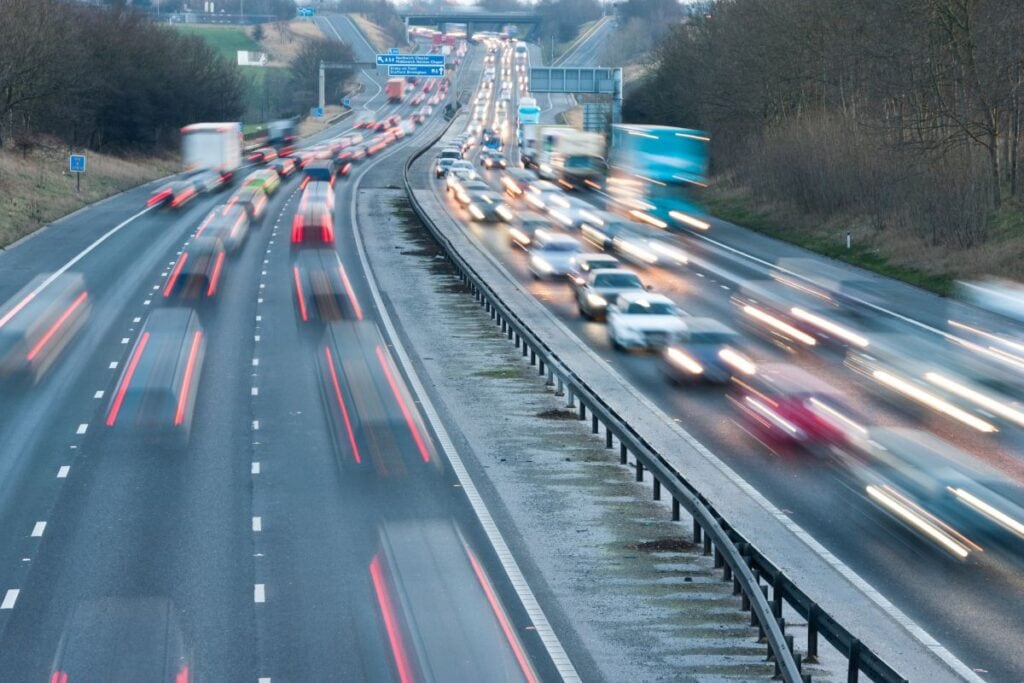
Travel Tips for Italy
Exploring Italy can be an unforgettable experience. Whether it’s touring the historic churches of Rome or discovering the hidden gems in Sicily, it’s easy to see why it is such a popular destination. As you plan your Italian adventure, it’s important to remember some travel tips that will ensure you have a smooth and enjoyable time.
✅ Be sure to brush up on your Italian language skills. Although many people speak English, it never hurts to try and impress them with your knowledge of their language!
✅ Bring comfortable walking shoes, as it’s the best way to explore the cities, monuments, and scenery Italy has to offer.
✅ If you’re planning on visiting tourist attractions such as museums or galleries, get tickets ahead of time – it could mean jumping those long queues!
Closure: Uber In Italy
Uber is available in Italy only in big cities like Rome and Milan, but only in the Uber Black option, making it the more expensive option.
That said, there are plenty of other wonderful options to navigate the cities, like public transportation and walking. Moreover, renting a car and using the inter-city train system to get around the country is also recommended.
Whatever your approach, be assured that all modes of transportation, including taxis and grabbing the metro at night, is quite safe and common in Italy.
